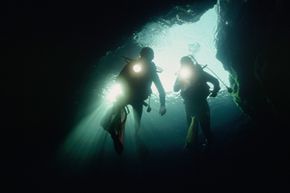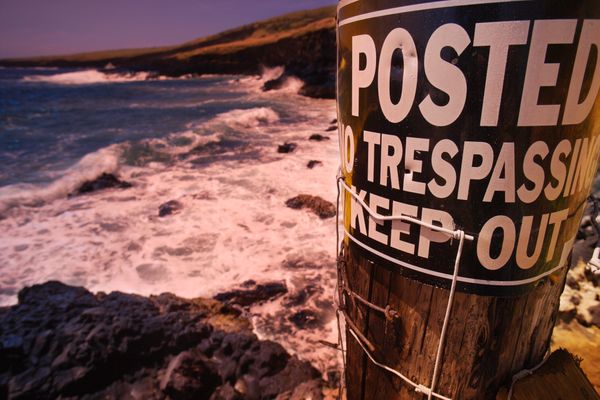So what are we left with? Volker Brüchert, a Stockholm University geologist, reportedly studied a few rock samples the divers picked up from the site. Initially, tabloids ran a quote from Brüchert that seemed to back up the Ocean X team's northern Baltic region discovery, but when asked about it, the scientist said no one had contacted him.
"It's good to hear critical voices about this 'Baltic Sea mystery,'" Brüchert said. "What has been generously ignored by the Ocean X team is that most of the samples they have brought up from the sea bottom are granites and gneisses and sandstones."
So the team found mostly run-of-the-mill stones that you would expect from the kind of glacial basin the Baltic Sea fills. Not exactly that wacky, considering that glaciers could've easily carried the rock from somewhere else [source: Wolchover].
And for that matter, glaciers could have carried big chunks of rock like the "formation" itself. Most experts agree that the structure is probably nothing close to man-made. It might be a glacial deposit. It could also be a rock outcropping, which would totally make sense on the ocean floor.
Either way, nothing we're seeing is either alien or even part of a lost civilization. But hey, don't let that discourage you: We could certainly use a bit of curiosity when it comes to ocean exploration.
This article was updated in conjunction with AI technology, then fact-checked and edited by a HowStuffWorks editor.













